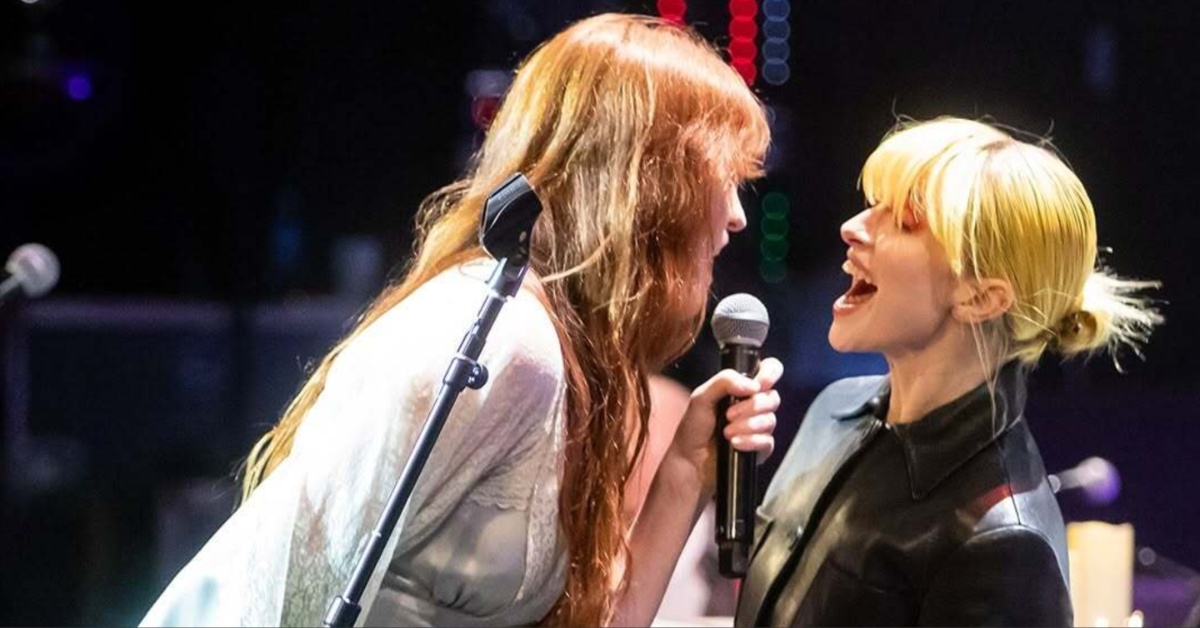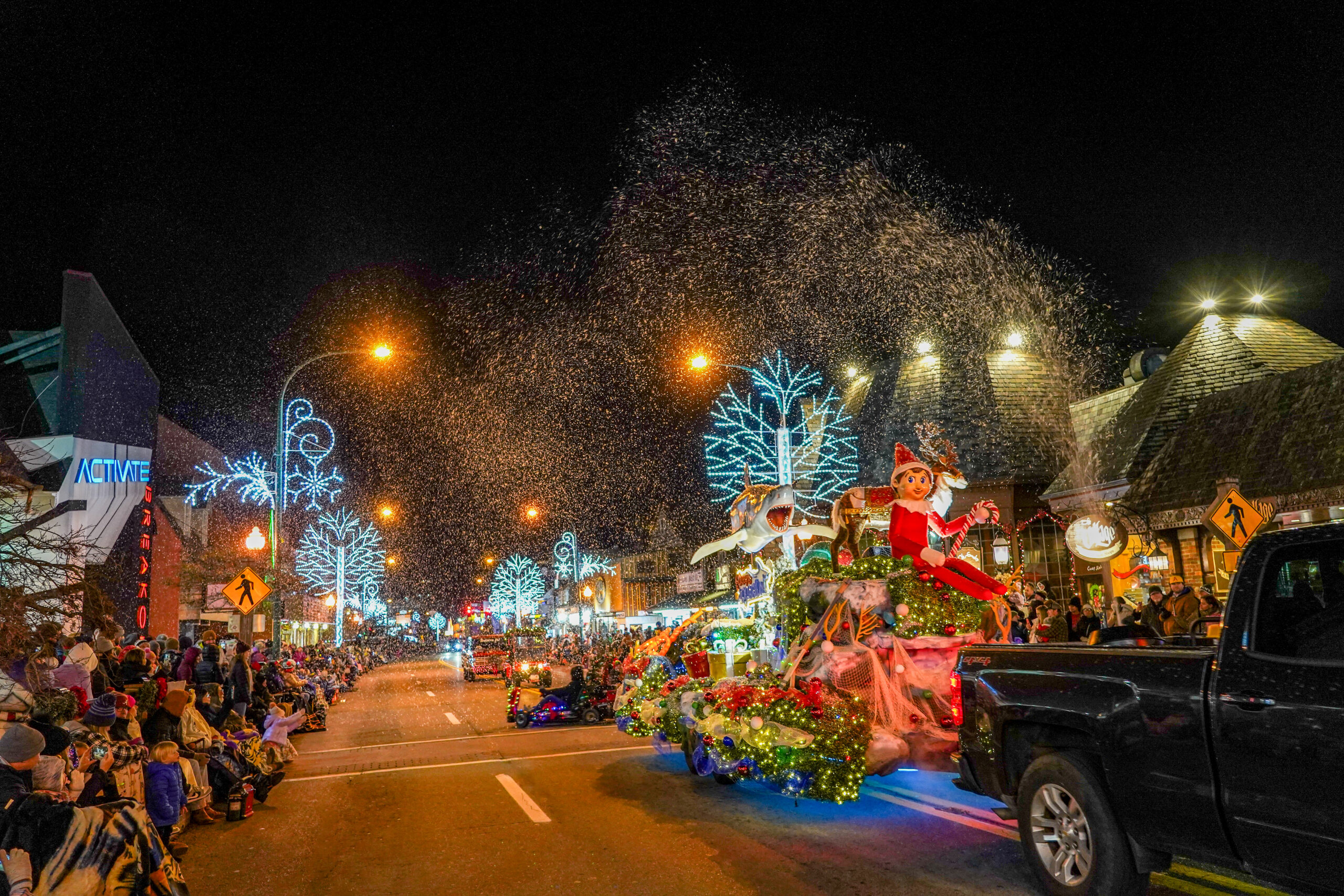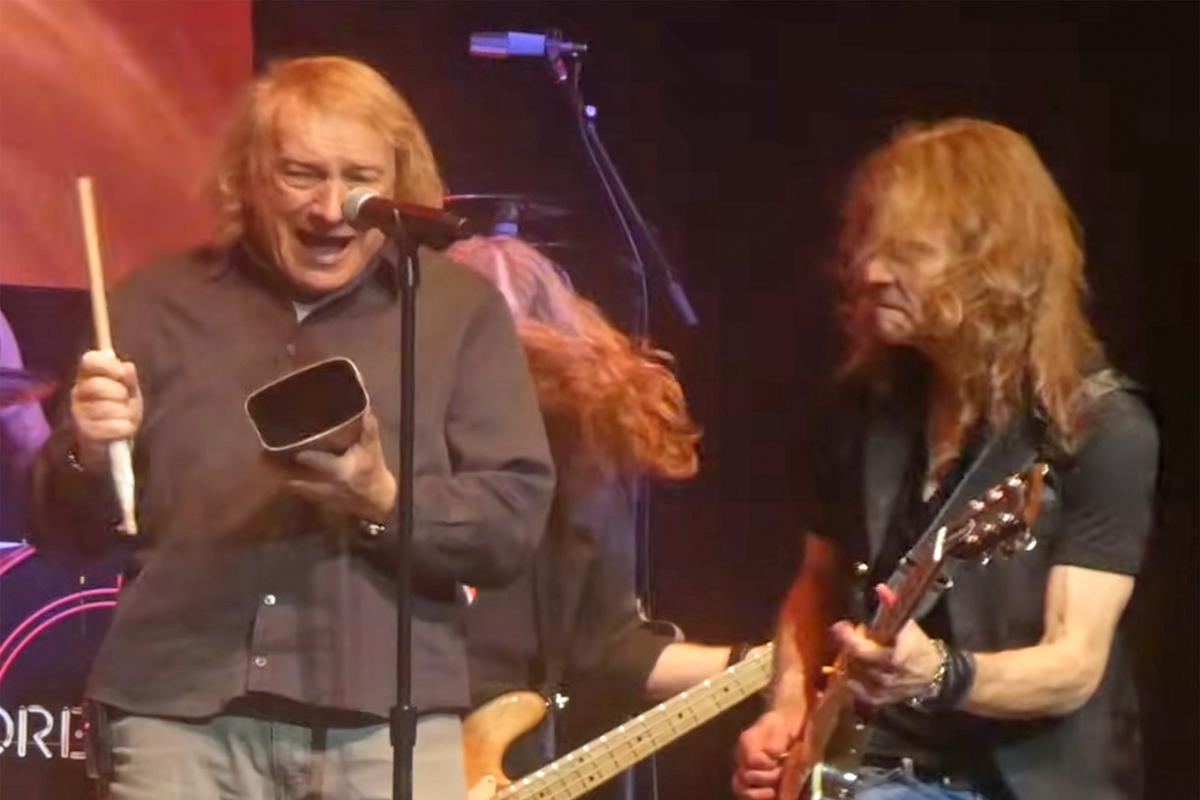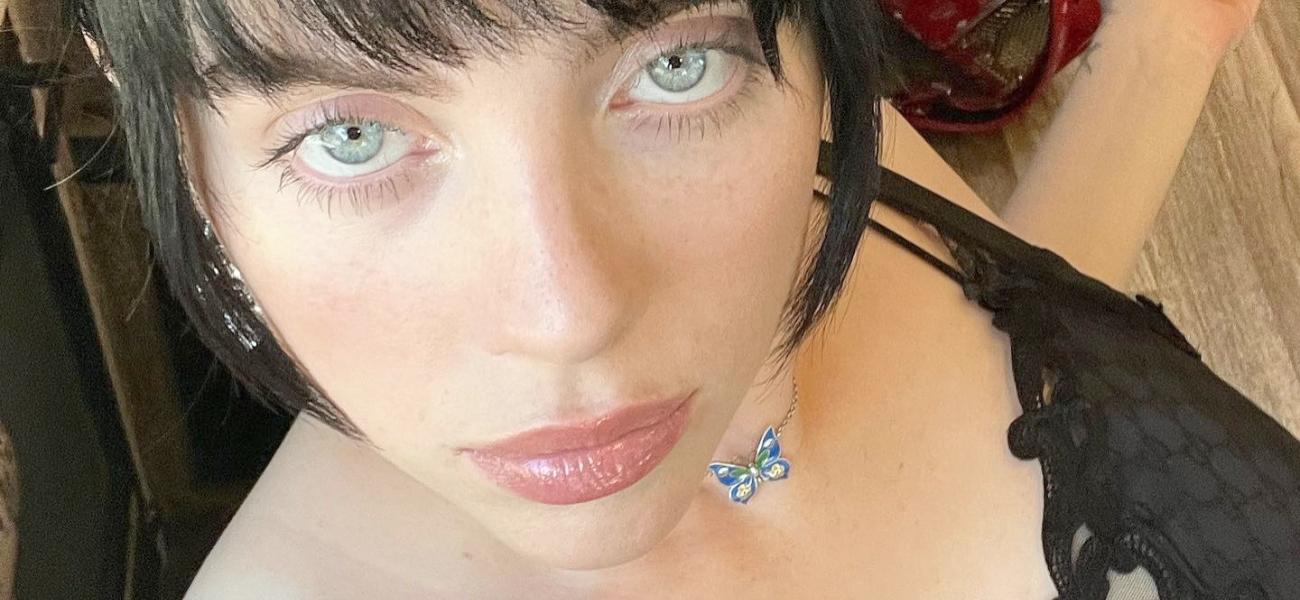Milwaukee’s Petti Hendrix is persistent. Without skipping a beat, the artist has put forth work, moved with and alongside that work, and proven time and again that it all pays off. Hendrix is a force to be reckoned with, and one swiftly on the rise. As the latest signee to MDDN Records, Hendrix has been growing his sound, as well as a diverse audience hungry for his unique fusion of hip-hop and rock. It’s been there since the jump — but he’s doubling in speed, literally and figuratively.
Look to Hendrix’s newer, Robbie Hiser-produced tracks, “Flowers in Paris,” “Be OK,” and the latter’s remix track. In this work, his gritty vocals are layered atop quicker, more energetic drum parts, which rip along steadily and at warp speed. This added urgency lends a pop-punk flavor to the artist’s already exciting fusion of sounds — resulting in a playful balance between fresh ideas and Y2K nostalgia.
Read more: 20 most underrated pop-punk albums from the last two decades
Hendrix, it appears, is not one to shy away from leaning in, and embracing a moment. This is evidenced in his remix track, “Be OK (RMX),” where shinier, pop-infused rock flavors have found their way into his genre-bending recipe. With salient features from Waterparks and Good Charlotte, the song becomes an unyielding anthem, full of electric, youthful spirit, and wistfulness, in both sound and sentiment. This song is about teenage love — a topic as applicable at 16 as it is in your 30s, apparently — and the ageless experience of fucking up and finding one’s way again. Blending the infectious pop-punk melodies of Good Charlotte with Waterparks’ bright alt-pop, Hendrix’s defiant, empowering track is redelivered with sticky hooks and classic GC guitar riffs.
Whether on his own or with company, Hendrix’s work only gets bigger and bolder by the day. We sat down with him on the heels of the “Be OK (RMX)” release to chat about the music that raised him, his writing process, working with new artists, and more.
What was it like growing up in Milwaukee? Were you around creative people, and did your parents bring music into the home?Growing up in Milwaukee, we made fun of what we had around us. You learned to adapt to our environment, which allowed us to navigate and survive the realities we lived in. I grew up in a household where sports and music were prevalent. My mom and pops used to play all types of music in the house, from oldies to rap, rock, pop, and blues. My musical curiosity stemmed from the melting pot of music I was around. My siblings and I were heavily involved in sports, which most kids at the time saw as an outlet from their circumstances, but this taught us important life lessons like teamwork, competitive edge, and work ethic towards a goal.
What was the first music you felt drawn to autonomously — what was the first CD or concert ticket you bought?I was drawn to Michael Jackson’s “Dirty Diana.” The song is older than me, but I just remember when my brother worked at Target and brought home a Michael Jackson greatest hits CD, and I immediately fell in love with “Dirty Diana.” When I was old enough to make some money for myself, I purchased Lil Wayne’s Carter III and Rick Ross’ Teflon Don. The first concert I ever went to was Kid Cudi. Now to look back on that, I can see all those influences in my music today.

Do your songs feel like personal, vulnerable narratives of your life experience, or are they more metaphorical messages that are meant to apply to a general audience?I think there’s a little bit of both. The beauty of music is that so many people use it to connect to something, someone, or someplace. So I try to keep more life experiences in my music because if I or someone I know has gone through these experiences, I’m sure the masses have some way to connect to the songs. This is a space where I can be super vulnerable. I do find myself some days just wanting to have fun and escape reality through music as well. When you listen to the project, it will really take you on a journey, and you will be able to tell the difference in the emotion of the songs but also see the story being told.
If you had to claim key inspirations for “Be OK,” what would they be?
The main inspiration for this project is choosing to live life to its fullest. If I were to break it down into five key components I would say letting go of fear, not being afraid of change or to change in general, confidence, perseverance, and, lastly, having fun. As I analyze my own life, these are the things that drive me to choose life every day.
What was your experience working with and collaborating with Robbie Hiser?
Working with Robbie has been great. He is a legend in my eyes. He allowed me to be a student around him. I asked a million questions, and we really got to know each other before any music was made. I think this is vital coming from where I come from, where it’s not so easy to trust, especially in a space that requires a little bit of vulnerability, and I think that helps the overall sound and production on this project because there was an understanding — like a sensei and their student.
What’s your writing process? Do you have any rituals around that, or around performing?
It’s a mood thing. I’ll write or come up with a concept based on something I’m currently dealing with in my life. Most of the time, I pull from everyday conversations. For example, if one of my friends is talking to me about a breakup and it resonates with me, I can channel that pain and make a song out of that situation based on his emotions, feelings, and conversation. Music is such a feeling thing, so when it comes to performing in the studio or onstage, I really try to empty myself and give it all. I truly believe every word, story, or emotion being expressed, but also when it’s all said and done, I know I gave my all.
Who are you listening to these days?
Lately I’ve been listening to MOD SUN’s God Save The Teen, and he snapped on it. Carlie Hanson, Chase Atlantic, WILLOW, MGK, Lil Saucy, B.I.G.G C, Waterparks, the Weeknd, Future, Good Charlotte. I like all types of music, and so I’m all over the place, but if it’s good, I’m listening.
Your goal as an artist has a lot to do with “uplifting” people, and defying circumstances that might bring you down. Where did that come from, the desire to do that for others? And what uplifts you?
It’s my nature. I can’t really explain it, but it’s something that comes naturally to me. I want to see people win, no matter what area of their life it’s in. When I look at my life, I would say the journey uplifts me — knowing that in a time of uncertainty, I can stop and look back and see that I’m further than where I’ve been. The times you’ve wanted to give up but didn’t unlock a new level and new challenges to life that allow you to continue to grow and learn a little more about yourself. But sometimes you look back and ask, “What if I would have given up?” You soon realize life is based on a thin line of decisions. So the joy in the journey is what shapes and molds made me, and that is all the project is about.







